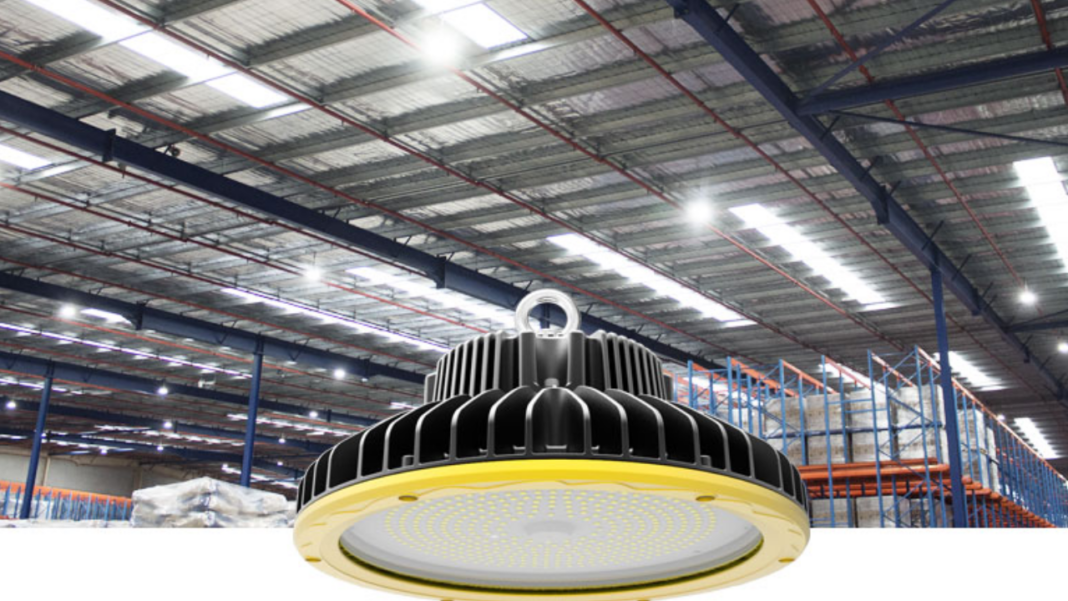For areas with high ceilings, usually reaching heights of 15 to 40 feet or higher, LED high bay lights are a type of lighting fixture intended to produce crisp, effective illumination. Widely employed in commercial environments that need bright, consistent lighting at high altitudes are warehouses, manufacturing buildings, gymnasiums, big-box stores, and other industrial settings.
Mounting LED high bay lights between 15 and 20 feet above the floor are usually advised for best results. To make up for the increased space between the lights and the floor, you might need to increase the number of lights if your ceiling is higher than twenty feet. Click the following link https://ledlucky.net/products/led-high-bay-light/ to know more about LED high bay lights.
What Is The Range Of Color Temperature For High Bay LED Lights?
The color temperature range that LED high bay lights offer is 3000K to 6000K, expressed in Kelvin. A warmer, yellow light is produced at lower temperatures, such as 3000K, and a colder, blue light is produced at higher temperatures, such as 6000 K. 5000K is the most popular option; it provides a neutral white light that works well in commercial settings.
What Is The Recommended Mounted Height For LED High Bay Lights?
Mounting LED high bay lights between 15 and 20 feet above the floor are usually advised for best results. This arrangement guarantees even lighting throughout the entire space. To make up for the increased space between the lights and the floor, you might need to increase the number of lights if your ceiling is higher than twenty feet.
Reasons behind the Better Performance of LED High Bay Lights
LED lighting has become a cutting-edge lighting technology that outperforms conventional lighting sources in a number of ways. Let’s examine the factors that make LED lights thought to be better
Durability
Shocks, vibrations, and temperature changes cannot harm LED lights because of their extreme durability. As a solid-state gadget made of durable materials, LEDs are not like traditional lights, which are brittle and easily break. Since they can resist severe weather, their longevity makes them perfect for a variety of applications, such as outdoor lighting.
Energy Efficiency
Compared to conventional lighting sources, LED lights have far higher energy efficiency. Comparing LEDs to incandescent and fluorescent lights, up to 80% less energy is used, which leads to significant financial savings as well as a smaller environmental effect.
Design Flexibility
Due to their small size and ability to provide directed lighting, LED lights provide greater design options. They enable creative and personalized lighting schemes because they are simple to incorporate into a variety of fixtures and luminaires. Better control over light dispersion is another benefit of LEDs, which allows for precise beam angles and lowers light pollution.
Improved Color Rendering
High-bay LED lights allow objects and places to look more bright and lifelike because they produce excellent color rendering. Particularly in settings like manufacturing and retail, where precise color perception is crucial, this is relevant.
Directional Lightning
LED lights provide more control and distribution of light because they emit light in a specific direction. This makes it possible to illuminate particular regions without squandering light in unintended directions, leading to more targeted and efficient lighting.
Cost Saving
LED high bay lights can be more expensive initially than conventional lighting sources, but they save a lot of money over time. Significant savings are achieved through lower energy use, lower maintenance and replacement costs, and longer lifespans.
Final Words
Compared to conventional lighting solutions, LED high bay lights offer superior energy economy, longer lifespans, better lighting management, and enhanced performance, which has completely changed the lighting sector. In a variety of commercial and industrial applications, their widespread adoption has not only decreased energy usage but also helped to create surroundings that are safer, more productive, and more aesthetically pleasing.





